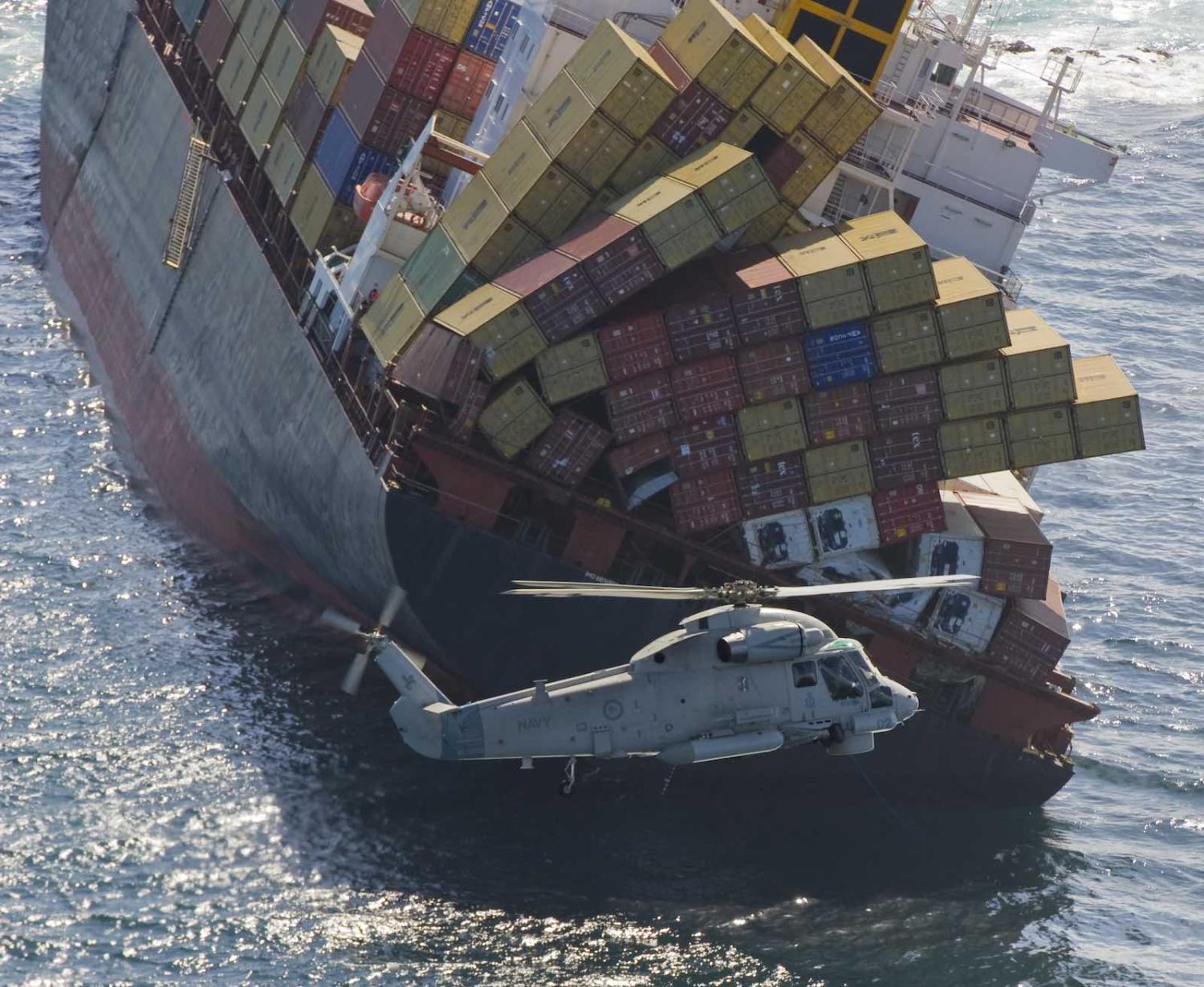The extraordinary rescue of crew from a stricken South Korean freighter off the US coast this week might have taken place on the other side of the world, but it serves as a reminder that safety of life at sea is a challenge everywhere. Closer to home, the Indian Ocean Rim Association (IORA) has made “Maritime Safety and Security” a priority area of focus, but almost all attention has focused on the security element. Safety arrangements for maritime cooperation remain underdeveloped.
The several IORA specialist meetings held so far on Maritime Safety and Security have occupied themselves almost entirely with security issues. The Blueprint for Maritime Safety and Security in IORA agreed in 2017 makes little reference to safety issues, other than identifying the need for a memorandum of understanding on search and rescue. The recent proposal for a “quad” of coast guards featured on The Interpreter similarly failed to mention maritime safety requirements, despite this being the core business of coast guards.
Cooperation for maritime safety in the Indian Ocean region would be best facilitated by coast guards and other civil agencies, rather than by navies.
Both maritime security and maritime safety are essential prerequisites for achieving what has been dubbed the “blue economy”. While economic activities at sea should be secure against threats such as piracy and terrorism, they should also be conducted safely, with cooperative arrangements to prevent maritime accidents, as well as to deal with them when they do occur. Industries such as tourism, shipping and ports, and offshore oil and gas are key sectors of the blue economy, and all are prone to serious but preventable accidents.
Cooperative search-and-rescue procedures are a basic requirement, but search and rescue at sea is a demanding task, and some regional countries have accepted areas of responsibility for a large area of ocean. A major accident, such as one involving an offshore oil installation or a cruise liner, would be much more demanding of regional cooperation than a standard search and rescue mission. Many countries in the Indian Ocean region are relatively poor and ill-equipped to deal with a natural disaster or a major accident in their adjacent waters.
Four out of the seven worst container ship disasters in recent times occurred in the Indian Ocean region. The recent sinking of the large bulk carrier Nur Allya in Indonesian waters is believed by the shipping association Intercargo to have been caused by the ship carrying a cargo of nickel ore, which has the potential to liquefy, making the ship unstable. Nine bulk carriers have sunk with the loss of 101 lives between 2009 and 2018, similarly suspected to be the result of carrying cargo that could liquefy – six were bulk carriers carrying nickel ore from Indonesia, two with laterite (clay) iron ore from India, and one with bauxite from Malaysia.
Ferry accidents are also all too common in the region, particularly in Bangladesh, Indonesia and East Africa. At least 34 people were confirmed dead in a ferry sinking off the coast of Indonesia’s South Sulawesi province in July 2018. In September the same year the ferry Nyerere capsized in Lake Victoria near the island of Ukerewe in Tanzania (a member of IORA) with the deaths of at least 224 people. In a ferry accident in Bangladesh in May 2014, at least 29 people died and more than 100 others were missing after a ferry capsized in a river during a storm. Then in February 2015, 69 people died, many of them women and children, in a ferry accident in central Bangladesh, when the vessel capsized after a collision with a cargo ship.
The international system for controlling the technical condition and safety of ships is known as Port State Control (PSC), yet it remains weak in the Indian Ocean region. This is worrying, given that substandard ships are more prone to accidents, piracy attack, and involvement in illegal activities at sea.
There are two PSC regimes applicable across the region: the Indian Ocean MOU (IOMOU), and the Riyadh MOU for the Gulf Region. The IOMOU is the main regime for the region, but it has problems. Two important shipping countries in the region (Pakistan and Somalia) are not members, and of the 20 members, five (Eritrea, Madagascar, Mozambique, Tanzania, and Yemen) did not report any inspection activity in 2018. IOMOU parties should inspect at least 10% of foreign ships visiting their ports, but inspection rates are low. Over half the total inspections reported by the IOMOU in 2018 (2922 out of 5697) were carried out by Australia.
Cooperation for maritime safety in the Indian Ocean region needs to be developed. Much greater attention is required towards PSC, ferry safety, cargo loading procedures, and cooperative measures to prevent and deal with maritime accidents. But the lack of attention given to maritime safety in the region is in part due to navies taking the lead in IORA’s Maritime Safety and Security agenda. The Indian Ocean Naval Symposium is the main regional forum that addresses Maritime Safety and Security, but other than search-and-rescue questions, it does not address safety issues – and regardless, navies do not have lead responsibility for search and rescue in most regional countries.
As a first step to obtaining greater focus on maritime safety, it would be helpful to civilianise or “de-securitise” the requirement. Cooperation for maritime safety in the Indian Ocean region would be best facilitated by coast guards and other civil agencies, rather than by navies.
This suggests the need for a new regional forum, similar to the Asia-Pacific Heads of Maritime Safety Agencies (APHoMSA) forum, which was established in 1996 to promote safe, secure shipping and a clean marine environment in the Asia-Pacific. Bringing together senior maritime officials from the Indian Ocean region would allow the exchange of ideas and help identify areas of cooperation.
